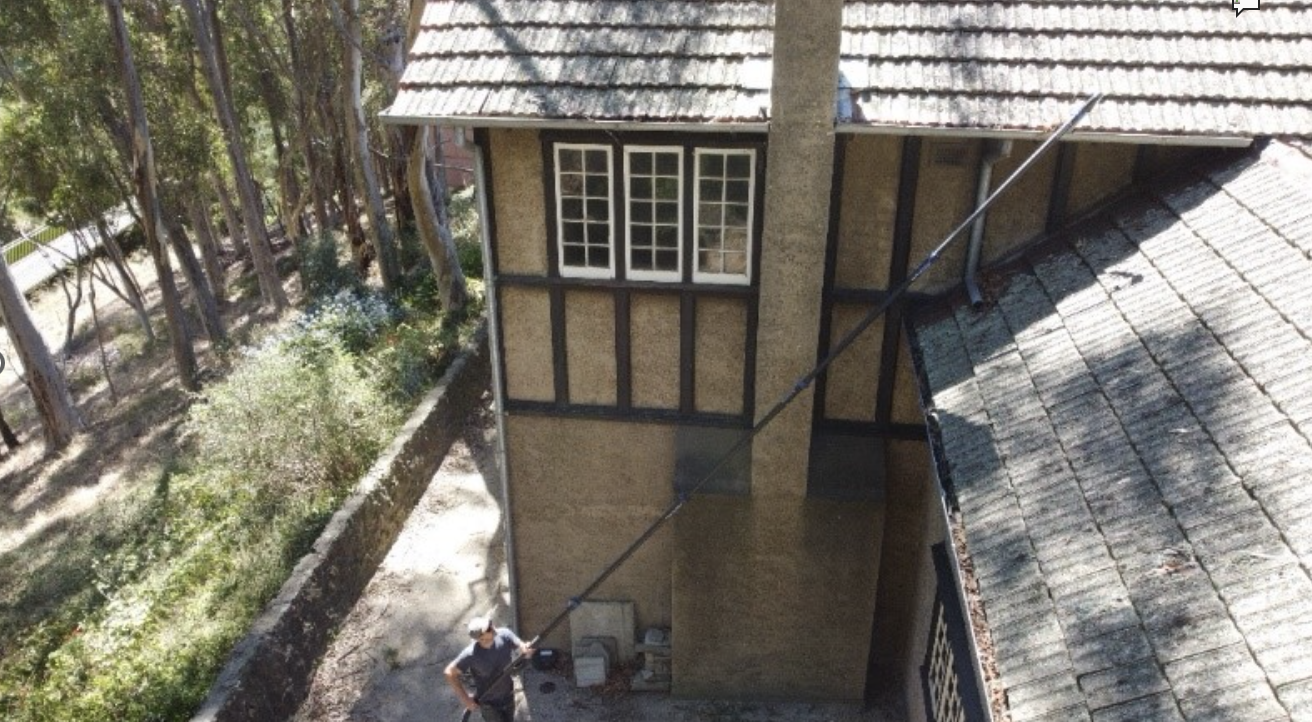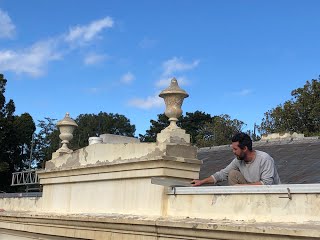Maintaining the character of a heritage home is an investment that comes with some important considerations to make. Here are nine practical tips to help you care for heritage buildings, and in doing so help preserve the richness of our built landscape.
First, look before you leap
Get to know your building. Quick decisions made about heritage buildings often lead to unforeseen complications because ways of designing and building were different in the 19th and early 20th century. Do historical research, take a good look at the building and try to discover the original room uses, the materials and original construction methods, and determine where later changes have been made. This information will help you make better decisions about how to maintain the building and where and how changes should be made.
You also need to know if your property is heritage listed at a state or local level, as this will determine whether you need approvals from Heritage Victoria or your local council to carry out works or alterations to your home. Visit the Vic Planning website to complete a free planning report that will outline any heritage controls.
Maintenance matters most
The main cause of deterioration in older buildings is water damage from leaking roofs and gutters, faulty downpipes and water pooling around the base of buildings. Keep water out and away from the building by regularly clearing the gutters, downpipes, and drains, and directing water away from the base of the building. Saturated ground promotes rising damp and even structural subsidence. Temporary unsightly repairs are preferable to allowing water penetration for even short periods.
Next time it rains, grab an umbrella and walk around your house. Are the gutters overflowing, or water coming down the side of downpipes? These are clear signs you have a blockage.
Use matching, traditional materials, profiles and methods
Some modern building practices may not be compatible with the original methods used to construct your home. For example, many older homes were constructed with relatively soft materials, such as stone, brick, and lime. Harder materials and binders like concrete and cement mortar are often unsuited to 19th and early 20th century building repairs, and can result in cracking walls, drummy render, uneven settlement, and permeability issues.
Learn about traditional materials and methods at one of our future Como Approach workshops.
Avoid over-restoration
Doing too much restoration work sometimes removes the attractive quality of heritage buildings, damages significant building fabric such as earlier finishes and quality hardwoods, makes the history of the building harder to read and is often simply unnecessary. Usually there has been a succession of alterations and surfaces have developed patination due to use and weathering. As a rule, follow the principle of as little as possible, as much as necessary and retain original building fabric where possible, which will also help maintain the buildings cultural significance (paraphrased from the Burra Charter, Australia ICOMOS).
Allow floors and walls to breathe
Earlier houses were designed with natural ventilation and to breathe, as opposed to modern buildings. Most old walls and floors allow the passage of small amounts of moisture rising from the ground to escape because they are soft and porous. In wet and cool periods, walls absorb moisture which dries out again when warmer and drier. Attempting to ‘seal’ walls against damp penetration or rising damp usually exacerbates the problem by damming up moisture within the walls. Applying sealers, membranes or cement render to walls with damp problems will merely drive the water higher. Conversely, the use of lime plaster inside and outside and lime washes will allow masonry walls to retain their natural porosity and respond to moisture in an appropriate way.
The deterioration of timber flooring is usually due to inadequate ventilation in the subfloor areas. Encroaching vegetation can also increase sub-floor moisture and it is best to keep garden beds away from the base of walls. Unblocking vents, or adding new ones, will help dry out the sub-floor. Sometimes mechanical ventilation may be required.
Make considered design choices
Designing buildings in historical styles has always been popular, but to build a reproduction building or extension beside an old building creates a false history. Often the proportions and materials of replica buildings detract from the original. There are many guidelines published by local councils on how to design changes to a heritage place. Additions to historic buildings should be sympathetic in location, bulk, proportion, scale and materials, without copying historical styles and detailing. New work should be readily identifiable so that the history of change can be read. Quality new design will complement the old and ensure the original structure maintains its usability.
Use the right contractors
Nothing can replace the practical learnt knowledge of a skilled tradesperson. The above discussed points are more easily achieved by using contractors with experience working on buildings of the same era. They will understand the materials, the methodology for their installation, where to purchase them, and can advise you on their maintenance once work is completed. A skilled tradesperson with knowledge of and respect for older buildings can help you avoid over restoration by salvaging as much original fabric as possible, and will avoid problematic modern ‘cure-all’ wonder products through the understanding of the materials they are working with. For more complex multi-trade works, or works requiring a permit, you might also consider employing a heritage consultant to help you achieve the best outcome.
Have you seen our Heritage Services Directory? The Trust now hosts an all-in-one directory for qualified heritage services providers. From consultants to glass cleaners, landscape gardeners to flooring specialists, the directory has the right contactors in one place.
Remember that the greenest home is the one already built!
Be proud of your heritage home as a sustainable one. There are many options for retrofitting and improving the energy efficiency of your home, however, the embodied carbon in existing buildings means that their continued maintenance and operation is already contributing to combatting climate change and resource depletion. Though there are many new eco-friendly building options available today, the retention of existing built fabric is still more sustainable than the process of demolition and construction. Your home may even have energy conscious design features due to being built in a time before modern heating and cooling options. Understanding and maintaining these elements can help you make your home even more sustainable. High ceilings, large opening windows, shutters, deep eaves, verandahs, and thick masonry walls can all play a role in regulating heat.
Don’t make the building redundant
Heritage buildings are best maintained and appreciated by using them. The active use of a heritage building with sensitive alterations is preferable to having a perfectly intact building with no use. When developing or renovating, locate useful compatible functions within the old building so that the building has a new life and a further history.
Further Information & Advice
There are many sources of information about caring for old buildings and structures, including those available from local councils, Heritage Victoria, Heritage Council Victoria and Australia ICOMOS.


 Twitter
Twitter Facebook
Facebook Linkedin
Linkedin Email
Email